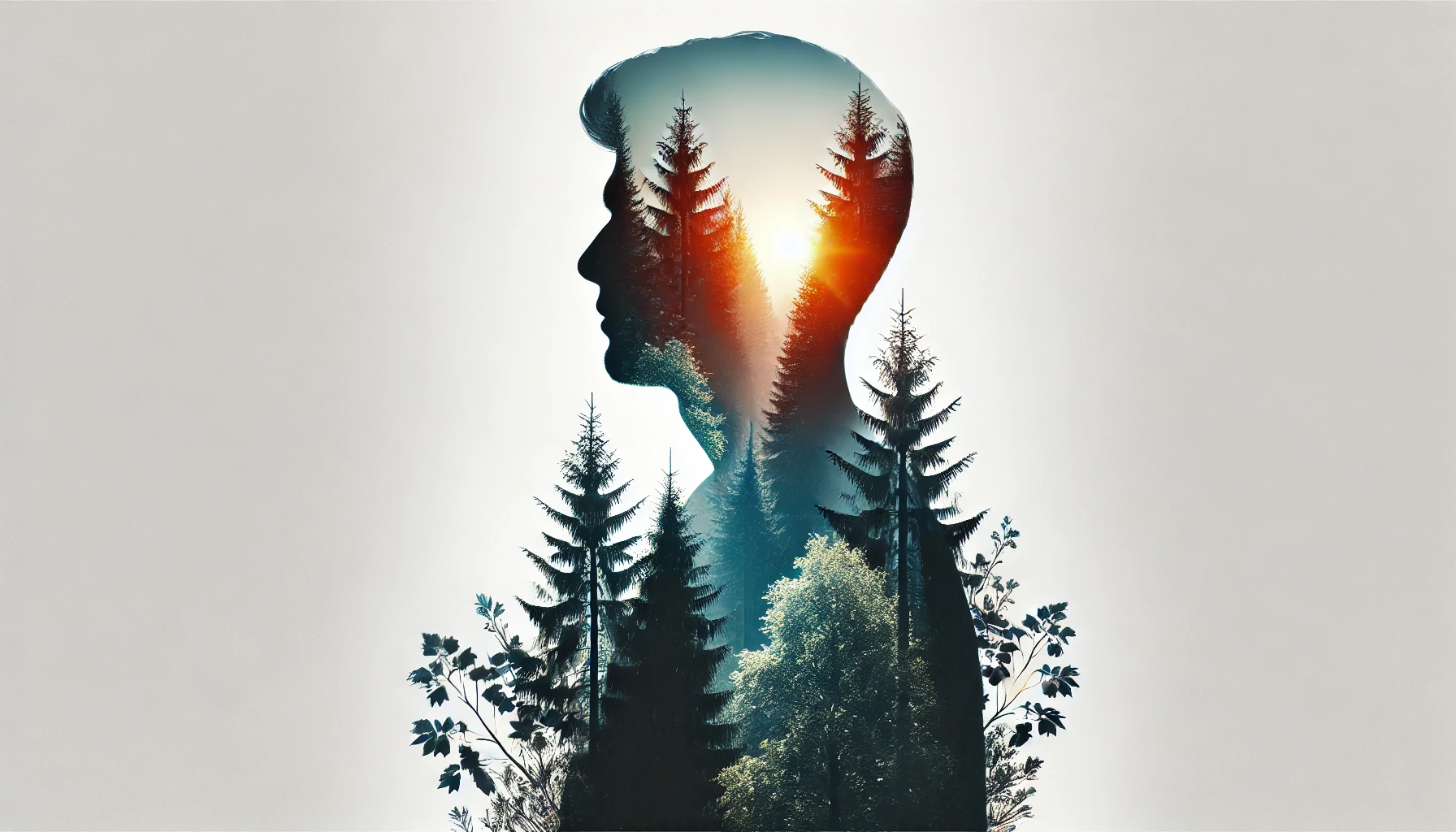Double exposure photography blends two images into a single frame, creating artistic and surreal compositions. This technique allows you to experiment with textures, silhouettes, and storytelling. Here’s how to master double exposure photography.
1. Understand the Concept
Double exposure combines two photos:
- Base Image: Often a portrait or silhouette that acts as the foundation.
- Overlay Image: Adds texture, pattern, or complementary subject matter (e.g., landscapes, clouds, or urban scenes).
Pro Tip: Plan your shots so the two images complement each other visually and conceptually.
2. Use Your Camera’s Double Exposure Mode
Many DSLR and mirrorless cameras have a built-in multiple exposure mode. Activate it to combine two images directly in-camera.
- Select the base image first.
- Take or overlay the second image to create the final effect.
Pro Tip: Experiment with different exposure settings for each image to achieve balance.
3. Create Double Exposures in Post-Processing
Editing software like Photoshop allows for more control over the effect:
- Open both images as separate layers.
- Set the top layer’s blending mode to “Screen” or “Overlay.”
- Adjust opacity and masking to refine the effect.
Pro Tip: Use layer masks to selectively blend parts of each image.
4. Focus on Silhouettes
Silhouettes work well as base images because they provide strong outlines to fill with textures or secondary elements.
- Shoot subjects against a bright background for clear edges.
Pro Tip: Portraits with clean, defined shapes create striking results.
5. Experiment with Textures and Patterns
Overlaying textures like tree branches, cityscapes, or water ripples adds depth and dimension to your double exposures.
Pro Tip: Use high-contrast textures for a bolder look, or subtle patterns for a softer effect.
6. Pay Attention to Composition
Align the two images thoughtfully to ensure a cohesive result.
- Place key elements in complementary positions to avoid clutter.
Pro Tip: Keep the overall composition simple to maintain focus.
7. Adjust Lighting and Tones
Ensure that the brightness and contrast of both images work together harmoniously. Adjust highlights and shadows to achieve a balanced look.
Pro Tip: Use monochrome for a timeless, artistic feel.
Checklist for Double Exposure Photography
- Is your base image clear and well-composed?
- Does the overlay image complement or enhance the base photo?
- Have you balanced exposure and contrast for seamless blending?
Double exposure photography is a versatile and creative technique that lets you explore new artistic possibilities. With practice and experimentation, you can create stunning images that captivate and inspire.
